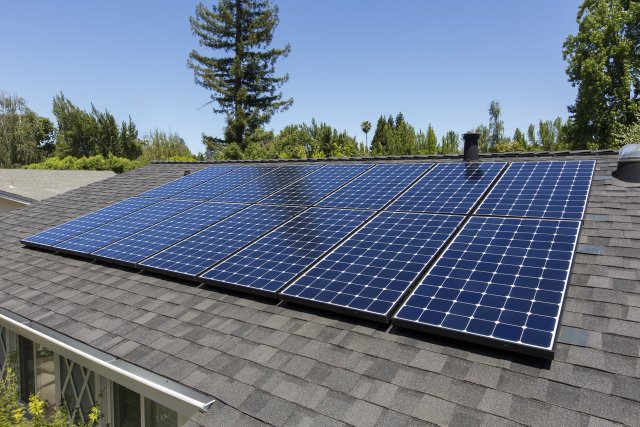Lower solar PV system costs are the driving force in much of the industry today, and strides on that front are the reason solar is in the growth position it is in today. But despite across the board price decreases, there is a disparity in pricing in different areas of the country, for similar systems. Why? This was the subject of a recent report from the National Renewable Energy Laboratory, the University of Wisconsin-Madison, Yale University, the University of Texas-Austi and Lawrence Berkeley National Laboratory aptly titled, “What Factors Affect the Prices of Low-Priced U.S. Solar PV Systems?”
The study focused on systems ranging in size from 1 to 15 kW, and uses statistical methods to analyze a dataset of over 40,000 PV systems in 15 U.S. states. Past research by these teams explored some of the reasons for this pricing variability, broadly exploring factors affecting pricing differences (Gillingham et al. 2014) and identifying the impact of local regulatory and permitting processes (Burkhardt et al. 2015; Wiser and Dong 2013) and solar rebates (Dong et al. 2014). Most recently, we sought to pinpoint the characteristics of low-priced PV systems (Nemet et al. 2016), defined here as the 10 percent of small-scale systems that are lowest priced.”
In this study, all of that work is statistically evaluated to determine what might drive low-priced systems to be even lower priced. The research questions at hand: (1) What factors are associated with still-lower prices among low-priced PV systems, (2) Are those factors different from those for median-priced systems, and, ultimately, (3) What can be done to reproduce or facilitate those conditions more broadly, to drive down U.S. PV system prices?
RELATED: How is the voting public prioritizing renewable energy?
Some of the core findings include:
• For median-priced systems (~$4.7/W), drivers for lower prices include: larger system size, lower module and inverter prices, a lower “customer value of solar (VoS)” but with greater revenue from SRECs, greater county-level installer experience, locations with a smaller number of active installers and lower household density, commercial installations, customer ownership, thin-film modules, systems installed in new construction, and self-installations.
• For low-priced PV systems (below $3.5/W), many of the same drivers still apply. Some of the largest effects in making low-priced systems even cheaper include system size, percentage SREC revenue, as well as module and inverter pricing. Greater county-level installer experience and areas with fewer active installers and lower household density also make low-priced systems even cheaper. Commercial systems, self-installations, and thin film systems, as well as being installed in Arizona, Nevada, and Florida, all drive down the prices of already-low-priced systems.
• In the case of PV systems installed in new construction (as opposed to being retrofitted on an existing house), the study found that for median-priced systems, new construction can yield lower prices, but the opposite is observed for low-priced systems. Policymakers seeking to drive down PV system prices may wish to place some emphasis on the new home construction market, but should recognize that, while those systems are likely to be lower priced on average, they may not be the absolute lowest priced among all systems.
• Some of our previous work suggests the presence of “value based pricing” at least for median-priced systems: those areas with a higher customer VoS (reflecting the value of all incentives and electricity bill savings over the lifetime of a system) also tend to have higher-priced PV systems. For low-priced PV systems, we see the opposite effect: a higher customer VoS can actually yield even-lower prices. While it is appropriate for policymakers to pay close attention to the possibility of “value based pricing,” boosting the customer VoS might help drive very low-priced systems in some cases, especially in markets with active competition.
— Solar Builder magazine
[source: http://solarbuildermag.com/news/what-factors-drive-solar-pv-system-prices-lower/]


Leave a Reply
You must be logged in to post a comment.